Human Resource Management Functions have undergone bizarre changes due to Hi-tech growth and Globalization. Today, the pace of human progress is even faster.

This blog is specifically intended to consider those internal organizational capacities and characteristics that influence the viability of certain HRM functions of any organization and to help define what may require improvement in the organizational development plan.
It is the roadmap for organizational change that is designed and adopted by an organization in its endeavour to address internal HRM functions identified as requiring attention for viability. In a nutshell, this blog attempts to tracing various innovative HR practices and its viability for organization success.
INTRODUCTION
Business organizations are subjected to constant change due to globalization and rapid information technology developments. The trivial job of the organizations at present is the effective utilization of human capital rather than financial resources.
The fast-changing technology, dearth of talent, rapid assimilation of communication through social media, high attrition rate, decreasing significance of loyalty etc. pose high level challenges to Human Resource Manager.
The effective management of human resource has become a decisive factor of competitiveness and development of every organization. Modern organizations continue to operate in fast changing and even unpredictable environments due to globalization (Kleinsorge, 2010), changing demographics and changing human relationships (Busine and Watt, 2005)
The traditional Human resource management mainly focuses on recruitment, performance appraisals, payroll administration etc., which is mostly employee centric and has development initiatives such as training and development, motivation initiatives and others to increase employee productivity and efficiency within the organization.
The advancement of technology over the past decades has changed the human resource (HR) roles. Internet and ecommerce and global thinking have opened up new opportunities for the function and responsibilities of HR roles.
WHAT IS CHANGING PARADIGM?
The term paradigm originates from the Greek “paradeigma” which means “show example or case”. Initially presented years back by the philosophy of science historian Thomas Kuhn, the term paradigm is currently used to mean an expansive model, a structure, and a state of mind or a plan for understanding reality.
The expression “paradigm” is another word for ‘pattern’. Design framing is almost we endeavour to make importance from our encounters. At the point of changing paradigm, here is shifting the mind set of people towards understanding things and looking forward new pattern of works.
CHANGING PARADIGM OF HUMAN RESOURCE MANAGEMENT FUNCTIONS?
With the world of technology fast moving towards an on-demand, global, decentralized, and social sharing-based landscape, organizations are dealing with several challenges to reorient themselves to the new paradigms.
At the core of this transformation lies the key element to running a business – the people. The human resource function has gone from the conventional hire and fire role to a strategic partner and that becomes a valuable tool for management to ensure success.
Human resources are the most important resources of the organization and they must be considered with the highest level of attention and interest. The effective management of human resource management has become a decisive factor of competitiveness and development of every organization.
Human resource management functions across organizations varying sizes or shapes are continually innovating with people practices keeping the employee engaged, recognized, enable growth, have a sense of loyalty. In recent years, HR has undergone dynamic shifts in its roles, functions, and overall impact in shaping organizations.
From operating in closed conference rooms to holding a chief seat at the senior leadership table, HR surely has come a long way. Today, the role of HR in planning and driving strategic growth is as important as technology or business leadership.
OBJECTIVE OF THE STUDY
- Tracing some innovative human resource management practices towards organizational growth
- Viability of human resource management functions align to changing HR practices
METHODOLOGY
In order to reach the stated objectives, a systematic review of literature is conducted, and data are collected about changing paradigm in human resource management functions and their viability from secondary sources.
This article employs a methodology to review the articles cited in the database Sage, JSTOR, Taylor and Francis online, Springer link and Emerald as tracing some innovative practices in HR field. Hence the study for this article becomes a desk research rather than a survey or any other mode of researching.
MILESTONES IN THE HISTORY OF HUMAN RESOURCE MANAGEMENT
| 1890 – 1910 | Frederick Taylor develops his ideas on scientific management. Taylor advocates scientific selection of workers based on qualifications and also argues for incentive |
| 1910- 1930 | Many companies establish departments devoted to maintaining the welfare of workers. The discipline of industrial psychology begins to develop. Industrial psychology, along with the advent of World War I, leads to advancements in employment testing and selection |
| 1930- 1945 | The interpretation of the Hawthorne Studies’ begins to have an impact on management thought and practice. Greater emphasis is placed on the social and informal aspects of the workplace affecting worker productivity. Increasing the job satisfaction of workers is cited as a means to increase their productivity |
| 1945- 1965 | In the U.S., a tremendous surge in union membership between 1935 and 1950 leads to a greater emphasis on collective bargaining and labour relations within personnel management. Compensation and benefits administration also increase in importance as unions negotiate paid vacations, paid holidays, and insurance coverage. |
| 1965- 1985 | The Civil Rights movement in the U.S. reaches its apex with passage of the Civil Rights Act of 1964. The personnel function is dramatically affected by Title VII of the CRA, which prohibits discrimination on the basis of race, colour, sex, religion, and national origin. In the years following the passage of the CRA, equal employment opportunity and affirmative action become key human resource management responsibilities. |
| 1985- present | Three trends dramatically impact HRM. The first is the increasing diversity of the labour force, in terms of age, gender, race, and ethnicity. Human resource management concerns evolve from EEO and affirmative action to “managing diversity.” A second trend is the globalization of business and the accompanying technological revolution. These factors have led to dramatic changes in transportation, communication, and labour markets. The third trend, which is related to the first two, is the focus on HRM as a “strategic” function. HRM concerns and concepts must be integrated into the overall strategic planning of the firm in order to cope with rapid change, intense competition, and pressure for increased efficiency. |
TRACING SOME OF THE RECENT INNOVATIONS CREATING A BUZZ IN THE HR CIRCLES
- Paradigm shift of employee experience management
- Millennials focused engagement programs.
- Robust frameworks for internal talent growth to higher positions.
- Innovative Performance evaluations (coaching / continuous development/peer reviews etc. rather than one-time annual feedback).
- Uniform global HR practices.
- Creating great employee onboarding experiences including gamification
- Strong system tracking training.
THE HR DEPARTMENT OF 2020: BOLD PREDICTIONS
- In-house HR will downsize, and outsourcing will increase
- Strategic thinking will become in-house HR’s new core competence
- HR will increasingly utilize analytics and big data to augment its value to the firm
- Managing a remote workforce will be the new norm
- Human resource management will need to become more like Marketing.
VIABILITY OF HR FUNCTIONS
The viability of HR functions can be identified by measuring certain HRM functions which are consistently contributed to organizational performance through the benchmarking of organizational capacity. In order to judge the viability of HR functions, we are considering some organizational outcomes as parameter such as:
- Decreasing of administrative load
- increase in functioning efficiency
- Removing paperwork
- Effect on capacity of work of an employee
- Improving quality of service
- Enabling the Managers and employees to make their self-decision
- Decreasing the response time of employee
- Increasing the ability of employee to recruit in cost effective way.
CONCLUSION
Without a doubt, a large cloud of uncertainty does prevail in the minds of human resource management leaders across the globe in the backdrop of an inevitable and relentless change. These changes are also bringing about a huge transformation in the role of HR.
There must be a strong realization within the organization that people can participate in achievement of its objectives by virtue of their information, knowledge, and skills. They need to be encouraged to display creativity, responsibility, and act as agents as well as subjects of change management.
In the changing HR landscape of today, viability of HR functions needs for improving strategy. Finally, Luman encourages human resource management professionals to develop their own personal brand–to find their voice and be active in their department.
At RCM, we having a career in Human Resource Management to be prepared for any challenges that may come their way for the students who are passionate to have.
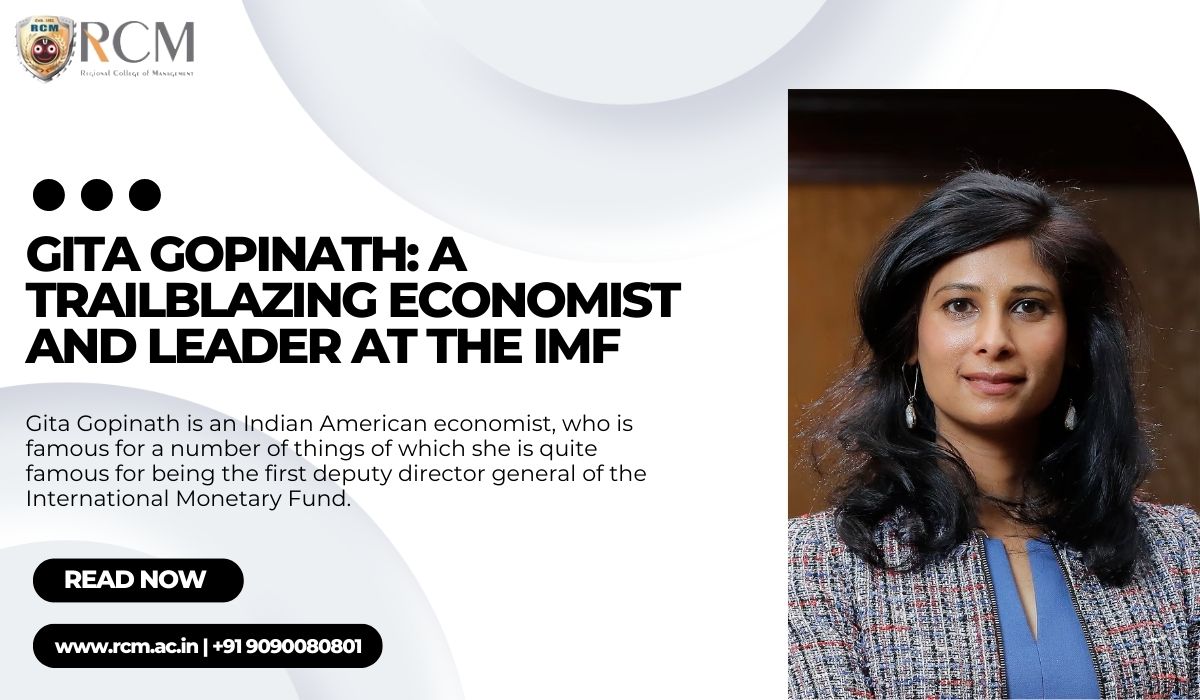
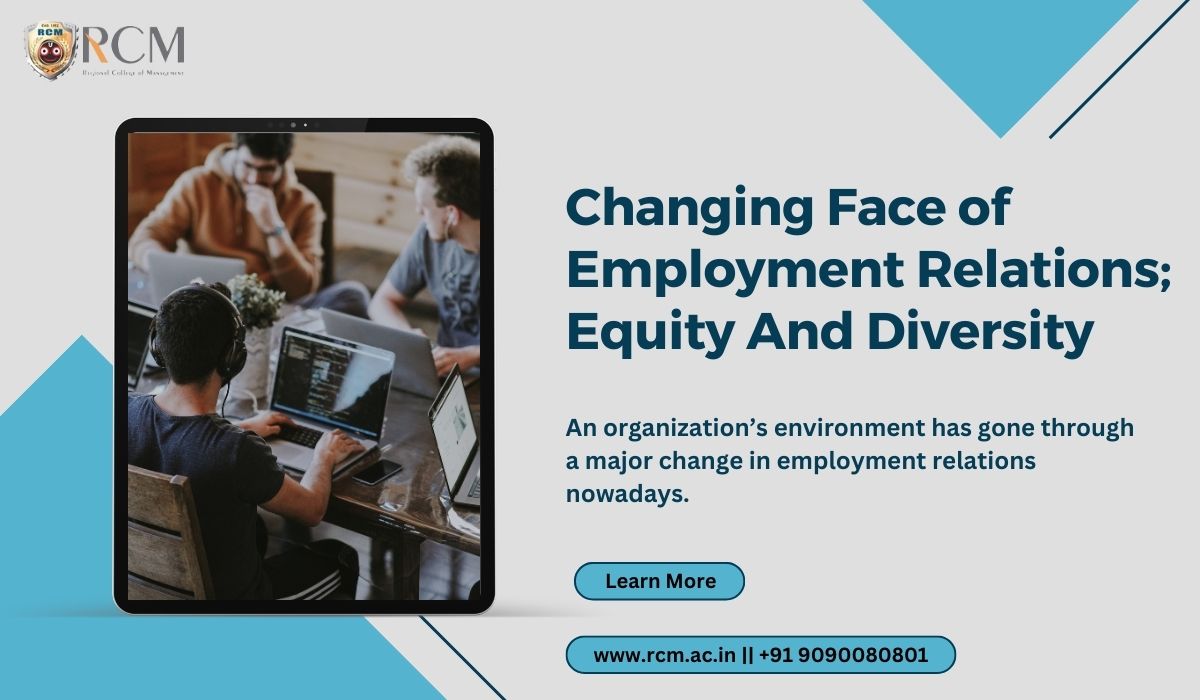


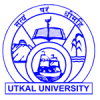
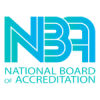
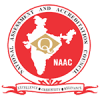
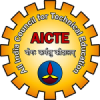
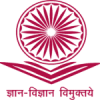
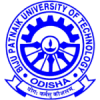
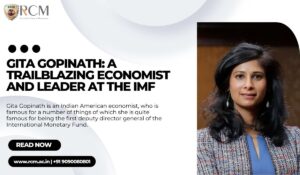
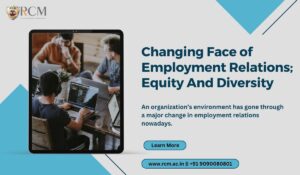


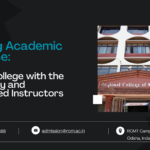
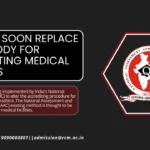

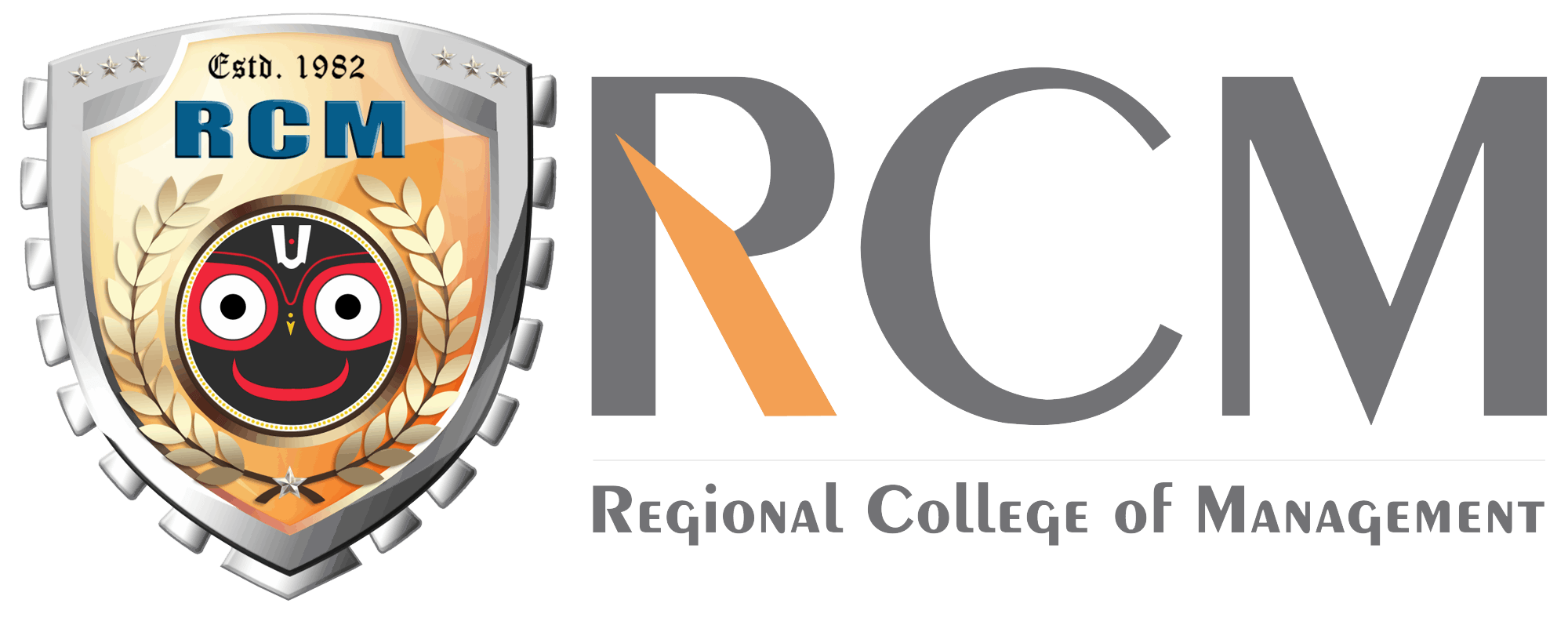
One Comment
Pingback: Branding Leadership: Mastering Competencies from Outside In - RGBS